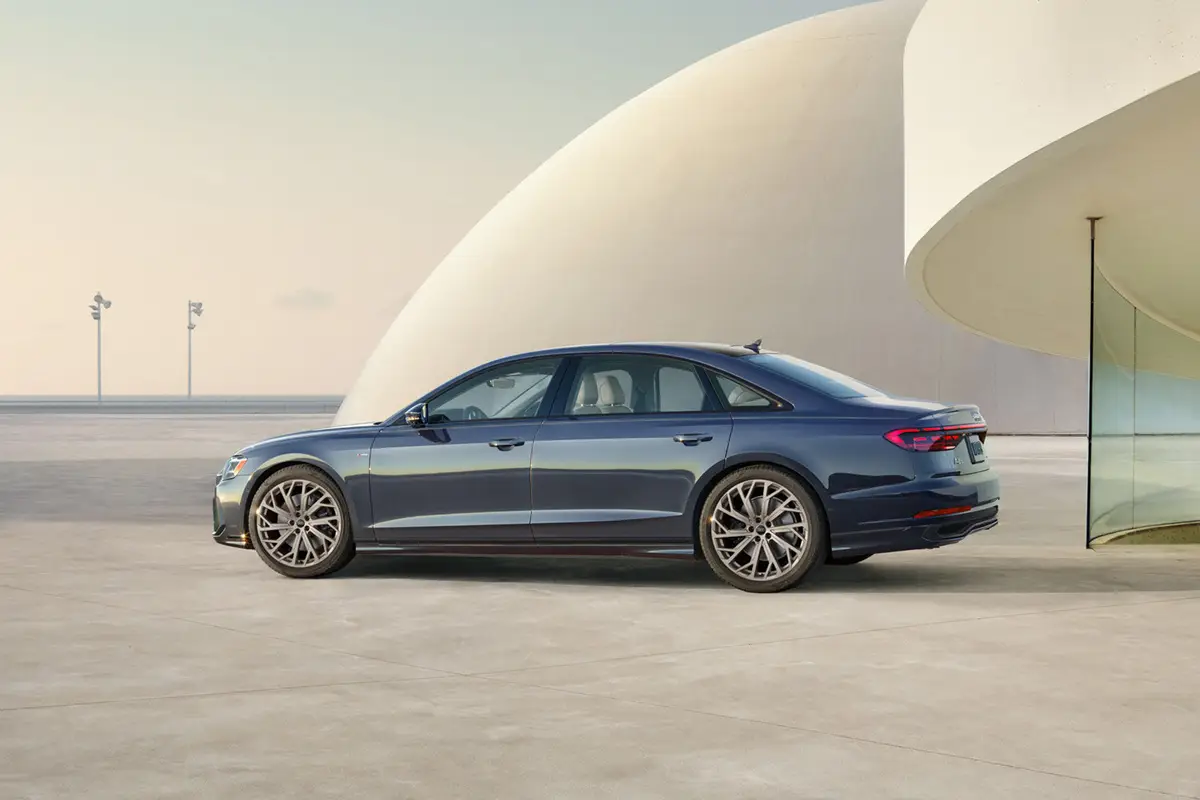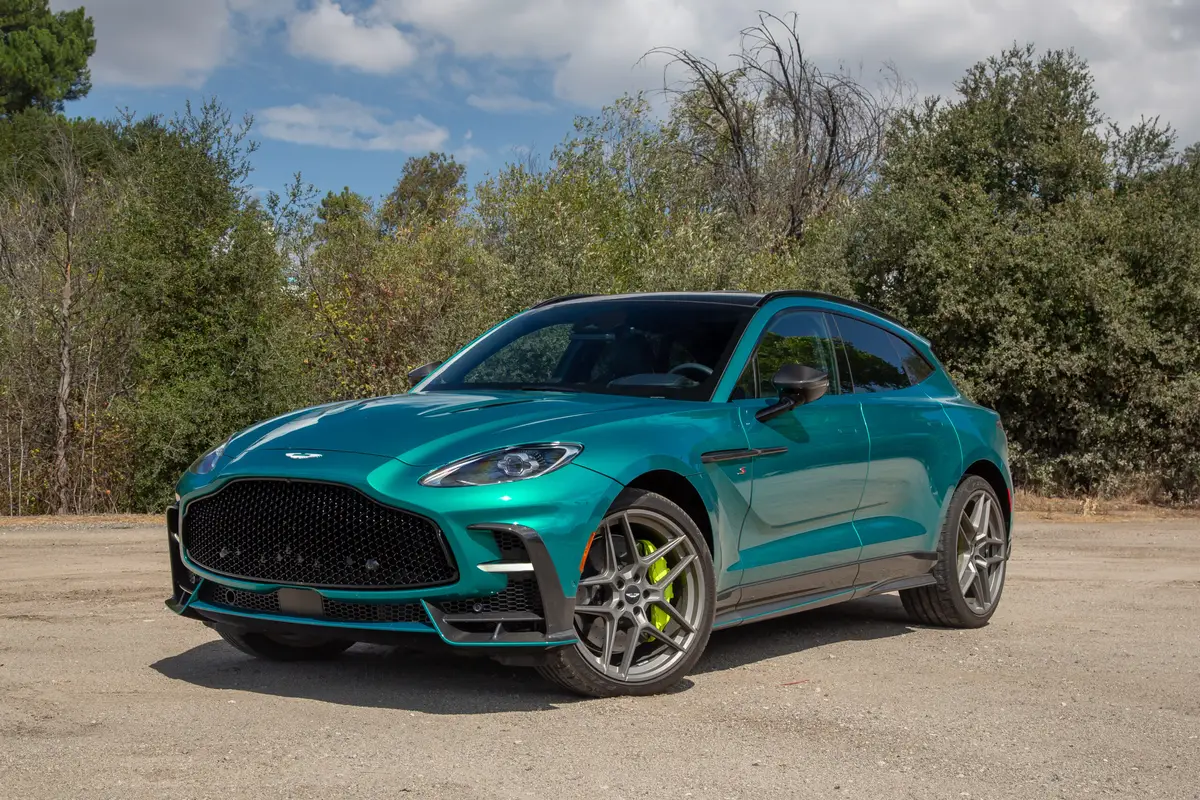washingtonpost.com's view
The bad news thrown on top of Ford Motor Co.’s image in the past two years makes it easy to forget that the automaker actually does some things right.
There is, for example, the matter of the Lincoln LS sedan, which is a top domestic competitor for dollars spent in the entry-level luxury market, long dominated by European and Japanese automobiles.
I drove a six-cylinder version of the Lincoln LS last year, its first year on sale, and was impressed. Recently I drove an eight-cylinder 2002 version of the car and was awed by its mostly smooth delivery of power and its exceptional grace in handling.
Does it beat the likes of a BMW 5-Series, its intended target, or a Mercedes-Benz C240 or C320 sedan? No. But it comes awfully close, and it could easily rank as an equal in that league if Lincoln’s designers were more willing to install interior wood accents instead of bits of polyurethane forestry and if they chose to use genuine all-leather seats instead of disconcerting (for a car in this class) leather seating surfaces backed by rather ordinary vinyl.
“Entry-level luxury” cars are priced from about $28,000 to $40,000. The cars are mostly aspirational in market appeal. That means they are aimed at young, upwardly mobile buyers who want luxury brands and much of what those brands have to offer, at a price befitting their current income and employment levels.
The LS V-8 meets those desires in overall road performance, and with its short, sporty overhangs front and rear and BMW-like headlamps, it scores well in exterior appeal, too.
Certainly, the LS V-8 represents good value per dollar — priced from $33,045 for a base V-6 model to $39,395 for the Premium LS V-8. Compare that with prices ranging from $35,950 for the BMW series with which it aims to compete.
But the problem for Lincoln goes far beyond the LS V-8’s underwhelming interior and the car’s occasional tendency to downshift during acceleration. The problem is systemic. BMW buyers tend to remain BMW buyers because they can move up the model ladder without losing anything in terms of performance or that very special BMW feel. The same is not true for Lincoln. It is doubtful, for instance, that a driver who has enjoyed the thrills of an LS V-6 or V-8 will find identical or more satisfaction in a lumbering Lincoln Town Car or Continental or in huge, overstuffed, cumbersome sport-utility models such as the Lincoln Blackwood (SUV/pickup) or Lincoln Navigator.
That means, as the Lincoln line is currently constituted, the LS buyer has nowhere else to go within the Lincoln family.
Besides Lincoln, Ford’s offerings include Aston Martin, Jaguar, Land Rover and Volvo. Buyers interested in consistency are likely, for example, to start with a Jaguar X-Type, move to a Jaguar S-Type and roll into well-financed senior citizenry in a Jaguar XJ-Series or XK-Series.
Lincoln’s task, if it wants to remain in business, is to produce comparable upscale models. Given its success with the LS series, and given Ford Chairman William Clay Ford Jr.’s oft-stated desire to keep the Lincoln division, it is likely that Lincoln will meet that challenge, endure and ultimately thrive.
I cannot say the same thing for the Mercury part of the Lincoln-Mercury division, which, with its rather paltry, copycat offerings of Ford models, has no legitimate place in the Premier Automotive group. On this one, Chairman Ford should make the tough decision to scrap Mercury and divert any savings from that unhappy event to the preservation and enhancement of Lincoln.
Latest news



